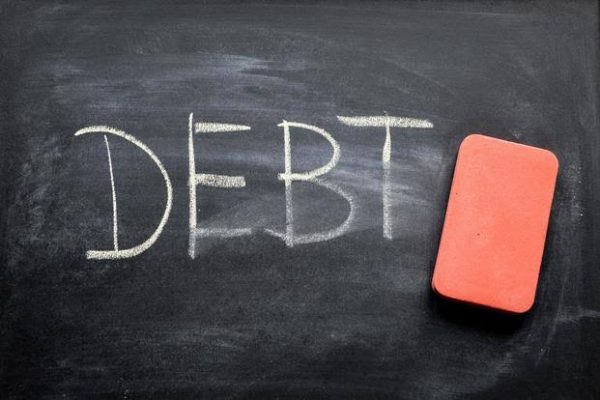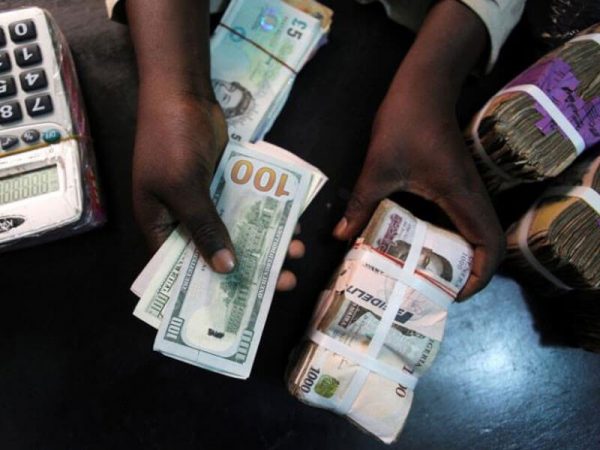Domestic debt service of N607b and quests for more
 The Federal Government incurred a debt service bill of N606.87 billion on domestic obligations alone in just one quarter. This is more than 20 per cent of the total capital expenditure in 2020.
The Federal Government incurred a debt service bill of N606.87 billion on domestic obligations alone in just one quarter. This is more than 20 per cent of the total capital expenditure in 2020.
But it is also an indicator that the country would expend nearly a quarter of its total yearly budget on servicing the debts alone. Still, in the face of the tottering fiscal numbers over the years, it means that more than 50 per cent of total retained revenue would be gulped by debt service.
Perhaps the new Finance Act, with a tightening posture on the economy and businesses, amid difficult times, would improve the fiscal challenge this year. But the questions of transparent government expenditure and evidence-based impact still remain. It also remains to be seen a convincing strategy of how these debts would be repaid without compromising the future.
Granted, Nigeria’s debt volume compared to its size and global peers, is below the limit, but its earnings and pace of development at the moment have consistently complicated the already borrowed volume. Will the country continue to grandstand on the logic of “under-borrowed” status?
Five major domestic debt instruments of the Federal Government cumulatively gulped N606.87 billion as service bill in the months of July, August and September 2019.
These debt instruments include the Nigerian Treasury Bills (NTBs); Federal Government of Nigeria (FGN) Bonds; Treasury Bonds; FGN Savings Bonds; and FGN Sukuk.
Assuming an average of this amount in the four quarters of 2019, it means the country incurred about N2.43 trillion in servicing domestic debts, beside the foreign debt component.
While the huge debt service subsists, in 2019, government consistently recorded revenue shortfalls on monthly basis, with November 2019 figure being estimated at about N218 billion.
A breakdown of the debt service cost showed that FGN Bonds accumulated the highest bill of N484.27 billion, averaging a monthly value of N161.42 billion in the period under review.
This was followed by the NTBs, with a service cost profile of N104.58 billion and trailed by the Treasury Bonds at N9.38 billion.
The least of the domestic debt service bill component came from the newly introduced FGN Savings Bond at N355.63 million, given its low debt accumulation and interest rate charges, while the Sukuk took N8.3 billion.
Specifically, in July 2019, the government incurred N202.54 billion servicing the debts across four of the major five instruments, the data from the country’s debt manager showed.
While the government also spent N172.66 billion in August to service the domestic debts in four of the five instruments, the biggest service cost was incurred in September 2019, valued at N231.67 billion, across the five major debt instruments.
In the 2020 budget, about N2.7 trillion is already earmarked for debt service, competing favourably in budgetary provision with the capital expenditure, an indication of sustained rise in debt portfolio and fiscal imbalance.
Already, a deficit of about N2.3 trillion, which analysts have described as unrealistic, has been approved in the 2020 budget. This deficit would be funded by further domestic and foreign borrowings. In other words, the country has booked another round of borrowing, with increased debt service costs as consequences.
The latest data from the Debt Management Office (DMO) showed that the N12.118trillion level of obligations by June 2015, has grown to a new height of N26.215trillion as at the end September, under the watch of the current administration of President Muhammadu Buhari.
In no ambiguous terms, it has increased by about N14 trillion through additional borrowings by the Federal and state governments. This is just less than five years.
The Director-General of the DMO, Ms. Patience Oniha, explained that the growing trend in borrowing by the country was a mix of revenue generation challenge and fragile nature of the Nigerian economy.
Others, she said, were lack of utilisation of the Public-Private Partnership (PPP) models in project delivery in the country, leading to huge deficit budgets and necessitating borrowings and the lack of diversification of the Nigerian economy, which is still dependent on crude oil earnings, with its price and supply shocks.
By the latest public debt stock, the country accumulated about N4trillion between September 2018, from N22.43 trillion to N26.22 trillion as at September 2019.
“The comparative figure for June last year was N25.701trillion, which implies that in the quarter of July to September last year, the total public debt grew by two per cent.
“The total public debt as at the end of September last year includes promissory notes in the amount of N821.65 billion, which was issued to settle the Federal Government arrears of oil marketing companies and state governments under the Promissory Programme approved by the Federal Executive Council (FEC) and the National Assembly,” she said.
Oniha, like other government functionaries, defended the growing nature of the Nigerian debt stock, explaining that much of the proceeds of the borrowing was invested in critical projects across the country, including the Lagos-Kano Rail line, the Mambila Power projects, among several roads.
She insisted that the impact of the financing of the critical projects was instrumental to helping the country exit recession in 2017, as the deployment of funds to contractors played a significant impact in liquidity supply in the country.
She said the current level of Nigeria’s total public debt represents 18.47 per cent, far below the 25 per cent threshold allowed for countries of Nigeria’s status, declaring that the country still has a lot of room for borrowing.
According to her, total debt as a percentage of GDP is 18.47 per cent as at September 2019 and is within limit of 25 per cent and fares better in comparison with the debt-GDP ratios of countries like the United States, United Kingdom, and Canada, with ratios of 105 per cent; 85 per cent and 85 per cent, respectively.
But how fair was this comparison?
“However, because they generate adequate revenues, their debt service/revenue ratios for the same period were much lower at 12. 5 per cent; 7.5 per cent; and 7.5 per cent, respectively,” she lamented.
The nation’s debt profile, its service costs, attendant growth and development challenges and posterity are a part of the shape of Nigeria’s economic activities presently. But the most part remains to be seen.







